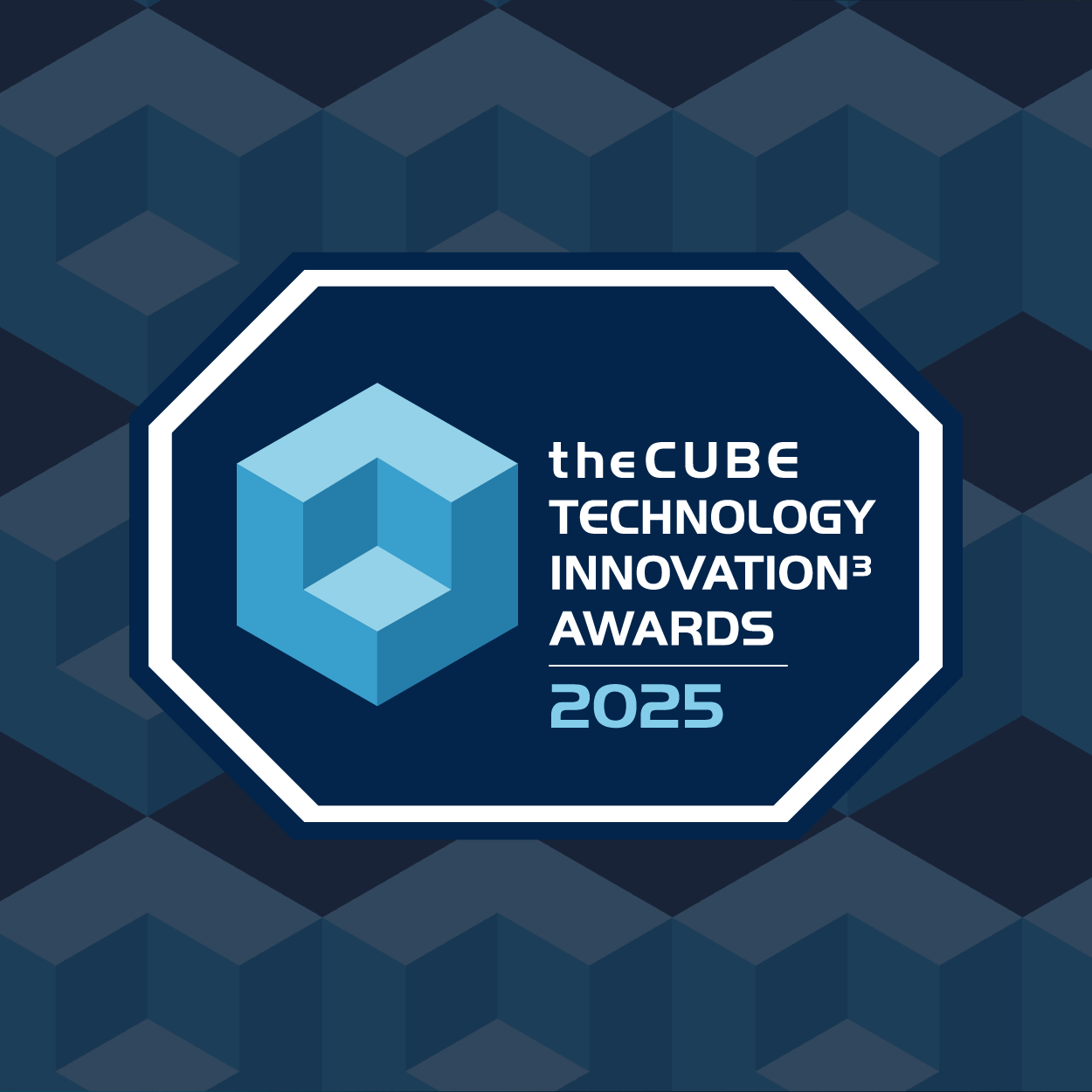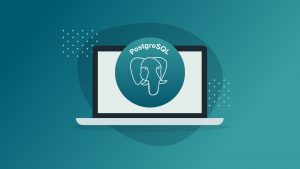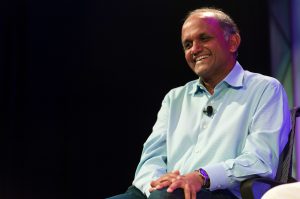4 Steps to Becoming Healthy with Digital Assistance
![]() Bill Gates once famously said that people tend to overestimate the impact of technology in the 1-year timeframe and underestimate its impact in the 10-year timeframe. That’s always stuck with me.
Bill Gates once famously said that people tend to overestimate the impact of technology in the 1-year timeframe and underestimate its impact in the 10-year timeframe. That’s always stuck with me.
I tend not to go into heat when I hear the latest buzz on the tech blogs about the latest gadgets. But when I read thoughtful pieces on the future of technology I start to imagine where our lives will be in 10 years.
I remember reading many years ago about how devices being connected in the cloud would be far more pervasive and have a much bigger impact on our lives than the simple PC’s that we operate. That stuck with me, too. I read about how in the future our heart rates would be remotely monitored, our food intake monitored and our grocery lists automatically created when our wrappers were thrown away. Seemed such a fantasy back in 1992.
Yet 2010 is already showing me how connected our lives and our health are starting to become. Here are 4 areas / companies that I’m excited about:
1. Withings.
![]() Like many of you I made my annual resolutions and top of my list was getting back into shape. I actually wrote a long blog post about this but I’m trying to get TechCrunch to publish it before putting it on my blog. We’ll see. There is one thing I learned a long time about about setting goals, “you manage what you measure” so you need to begin by regularly recording your weight.
Like many of you I made my annual resolutions and top of my list was getting back into shape. I actually wrote a long blog post about this but I’m trying to get TechCrunch to publish it before putting it on my blog. We’ll see. There is one thing I learned a long time about about setting goals, “you manage what you measure” so you need to begin by regularly recording your weight.
![]() Writing down your weight from your scale is obviously a manual process and it’s tedious. Enter Withings. It’s a wi-fi enabled scale that measures your weight, body fat and BMI (body mass index). Your measurements are automatically sent via wi-fi to the cloud and stored in a password protected portal viewed on the web or on your iPhone. You can also have them automatically published to Twitter; in fact, I first heard about the Withings from seeing Brad Feld Tweet about it.
Writing down your weight from your scale is obviously a manual process and it’s tedious. Enter Withings. It’s a wi-fi enabled scale that measures your weight, body fat and BMI (body mass index). Your measurements are automatically sent via wi-fi to the cloud and stored in a password protected portal viewed on the web or on your iPhone. You can also have them automatically published to Twitter; in fact, I first heard about the Withings from seeing Brad Feld Tweet about it.
I’m not that public about my weight. I prefer the private portal. Maybe by the end of the year!
2. DailyBurn.
My favorite new software tool is DailyBurn. Under the credo of “you manage what you measure” it’s not good enough to just measure your weight. You need to monitor what you put into your body and your exercise routine.
In January 2007 I had a resolution to lose weight and I didn’t want to do it through some crash diet like Atkins that I felt wasn’t sustainable for me. So I signed up for the online version of Weight Watchers. It was a simple plan – you measure what you eat and how much you exercise. They simplify it into “points” to make it easier to keep track but these are ultimately tracked back to a combination of calories you eat with some adjustments for eating foods that aren’t processed or have high fiber vs. low.
![]() It was a revelation to me how big my portion sizes had become relative to what the portion sizes listed on labels were. Pounds fell off me as I stuck to an eating plan. You can eat whatever you want as long as your daily totals don’t add up to more than your allotment (plus you get a weekly cheat). You also enter your exercise and the more you exercise the more you’re allowed to eat per day (sort of “bonus” points).
It was a revelation to me how big my portion sizes had become relative to what the portion sizes listed on labels were. Pounds fell off me as I stuck to an eating plan. You can eat whatever you want as long as your daily totals don’t add up to more than your allotment (plus you get a weekly cheat). You also enter your exercise and the more you exercise the more you’re allowed to eat per day (sort of “bonus” points).
So as I contemplated the kick off to 2010 I thought again about Weight Watchers. Problem is – Weight Watchers software TOTALLY SUCKS. It’s slow, loads in a pop-up and has a poor UX (user experience). So I sent out a Tweet to ask what people in the Twittersphere used. I got responses back for DailyBurn, The Daily Plate and LoseIt (quick aside: on Twitter Bryce Roberts had send me the link to LoseIt but I couldn’t remember the name so I searched Twitter. Couldn’t find it through search and was getting frustrated. So I signed into CoTweet where they store old Tweets. Found it in 20 seconds. Data storage in Twitter is a big problem and tools like CoTweet that solve this are essential).
I chose to use DailyBurn to monitor my eating and exercise. It’s freakin’ awesome. The UI is beautiful and it is so easy to find the foods that I eat every day. Virtually every food that you can imagine is already in their database. I went to PinkBerry last week and got their new chocolate flavor that wasn’t in the system yet so I decided to be a good citizen and enter the details into the system. Was so easy and quick including adding an image.
So everyday I get a breakdown of the calories, fat, carbs and protein that I consume. It also measures how much grain, protein, daily, veges, fruit and water I consume with guidelines on what I should consume. It is really a pleasure to use the tool compared with WW. And the starting price for WW is $18 / month … DailyBurn is free. There is, of course, a paid version. And even though I didn’t think I needed it (they give away everything I wanted for free) I decided to buy an annual subscription anyways. I loved the product that much.
I also enter my workouts – mostly swimming and running. DailyBurn could dramatically improve the UX in this area but it is comprehensive. And, guess what? That Withings scale I spoke about above … it integrates! My measurements go directly to DailyBurn so I never have to key them in.
![]() One key to sticking to goals is measurement. The other key is making your goals public – at least to someone else who can help keep you accountable. So DailyBurn allows you to invite friends to see your goals and help you monitor them. When I ran the London Marathon I did this by raising money for Parkinson’s disease. Once I took $3,000 I had a bunch of people to monitor me and felt compelled to follow through. The part of DailyBurn can use the crowd to keep you motivated. Social networking meets online personal health management.
One key to sticking to goals is measurement. The other key is making your goals public – at least to someone else who can help keep you accountable. So DailyBurn allows you to invite friends to see your goals and help you monitor them. When I ran the London Marathon I did this by raising money for Parkinson’s disease. Once I took $3,000 I had a bunch of people to monitor me and felt compelled to follow through. The part of DailyBurn can use the crowd to keep you motivated. Social networking meets online personal health management.
But wait, there’s more! If you have an iPhone you can scan the UPC code on the food you eat and they will be entered directly into DailyBurn done through a partnership with a company called Occipital. No keying in required. Now how much would you pay?!?
I got so excited about this company that I reached out to the CEO to enquire about fund raising. Then I found out that Dave McClure had already invested along with many others in a Silicon Valley seed round even though the company is in Alabama. Man, Dave seems to always find out about these deals earlier than I do!
Turns out DailyBurn was part of the TechStars program in Boulder. Guess I’ll have to head out there next year before everybody else gets a look at the new batch of companies!
3. WakeMate
![]() With eating, exercise and my weight being digitized there is obviously one major health component left out and it’s one that I’m often failing in … sleep. Last week I went to the Inaugural Open Angel Forum run by Jason Calacanis. 5 companies presented and all were talented. But there were 2 that struck my interest more than others and I’ve already reached out to both teams.
With eating, exercise and my weight being digitized there is obviously one major health component left out and it’s one that I’m often failing in … sleep. Last week I went to the Inaugural Open Angel Forum run by Jason Calacanis. 5 companies presented and all were talented. But there were 2 that struck my interest more than others and I’ve already reached out to both teams.
One of these was WakeMate. I loved this company on multiple levels. The product is a wristband that you wear when you sleep and it tells you how restful or not your sleep was. It measures how many hours of sleep you get, how long it takes you to fall asleep, how much REM vs. NREM sleep you’re getting, etc.
It also wakes you up in the morning at the optimal time. What? Yes. It turns out that you’ll feel more restful if you wake up in a certain stage of sleep versus another and within a time band the WakeMate determines what time to wake you up on a daily basis.
![]() But WakeMate isn’t simply an efficient alarm clock. The founders claim that up to 75% of the population has some form of sleep deprivation. In our industry it must be 90+%. WakeMate has you record things like the last time you had caffeine before sleeping, your last meal and when you last had computer or TV screen time. It then compares the findings across nights to help you determine the root causes of any sleep problems. Pretty cool stuff.
But WakeMate isn’t simply an efficient alarm clock. The founders claim that up to 75% of the population has some form of sleep deprivation. In our industry it must be 90+%. WakeMate has you record things like the last time you had caffeine before sleeping, your last meal and when you last had computer or TV screen time. It then compares the findings across nights to help you determine the root causes of any sleep problems. Pretty cool stuff.
The other reason I loved this company was the team. It’s two young guys who both dropped out of college to pursue their dream of becoming entrepreneurs. One was at Yale and the other at Boston College. They joined the YCombinator program and have raised a small amount of angel money.
I don’t endorse everybody dropping out of their undergrad programs but I do believe that if your smart, talented and have the ambition to try being an entrepreneur you should do it when you’re young and relatively unencumbered. And as I wrote in this post, I think you need to be willing to take calculated risks to be a successful entrepreneur.
I don’t have a WakeMate yet but I plan to buy one soon. Their first batch of shipping is due out in the next few weeks. There are some competitors in the market such as MyZeo, but I love my wife too much to wear a headband to bed.
4. Measuring my daily activity.
Next up for me is measuring my daily activities. When I trained for the London Marathon in 2003 I bought a Nike device that I put on my shoe that measured my distance and pace via my Nike watch. It was simply awesome. To be redundant, “you manage what you measure” and knowing my pace and distance every day made a huge difference to my improving my times (I finished in 3:57).
So for Hanukkah I asked for the FitBit. Unfortunately it seems that it was back-ordered due to strong demand with rumors of it selling for astronomical prices on eBay. I wasn’t that desperate. I got tickets to go see Anvil in concert instead. My wife asked her trainer about the FitBit and he suggested the BodyBugg instead. I haven’t done the research yet so if anybody has any input on these devices or others please leave them in the comments section. Now that my running is getting back into gear I want to automate the measurement process. And hopefully whatever I buy will integrate with DailyBurn.
[Editor’s Note: Cross-posted at Mark Suster’s personal blog. –mrh]
A message from John Furrier, co-founder of SiliconANGLE:
Your vote of support is important to us and it helps us keep the content FREE.
One click below supports our mission to provide free, deep, and relevant content.
Join our community on YouTube
Join the community that includes more than 15,000 #CubeAlumni experts, including Amazon.com CEO Andy Jassy, Dell Technologies founder and CEO Michael Dell, Intel CEO Pat Gelsinger, and many more luminaries and experts.
THANK YOU









